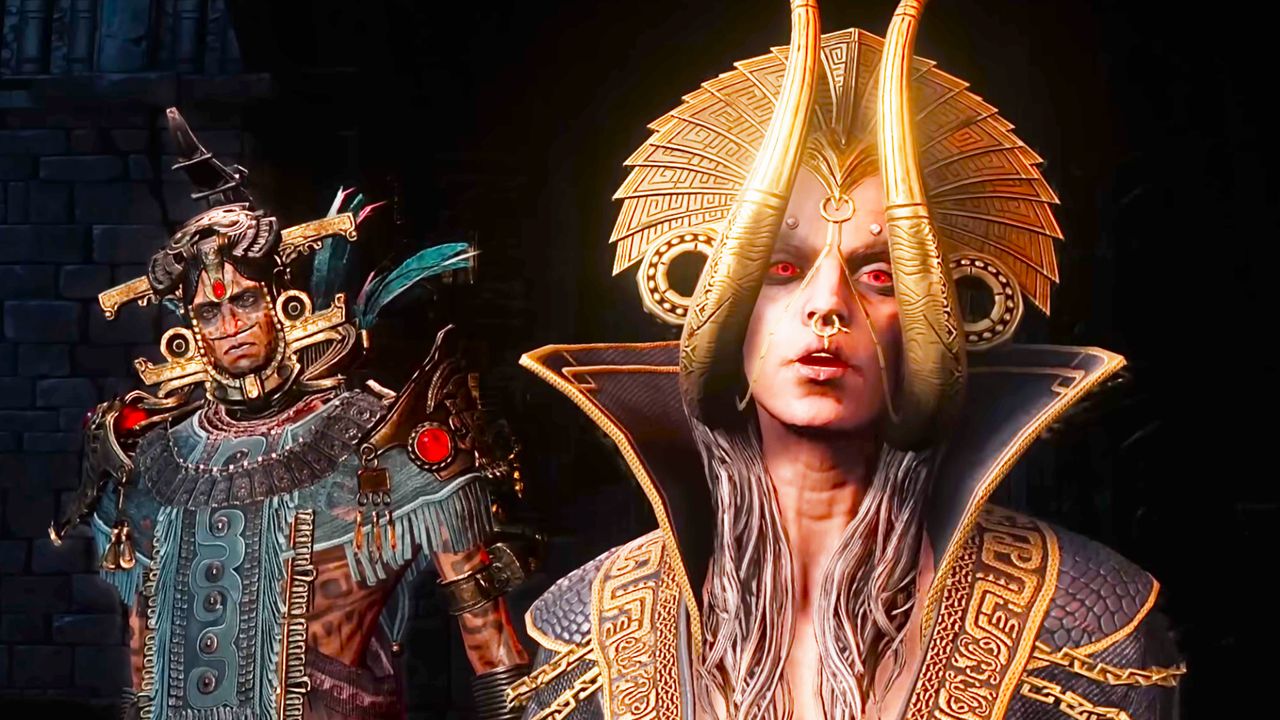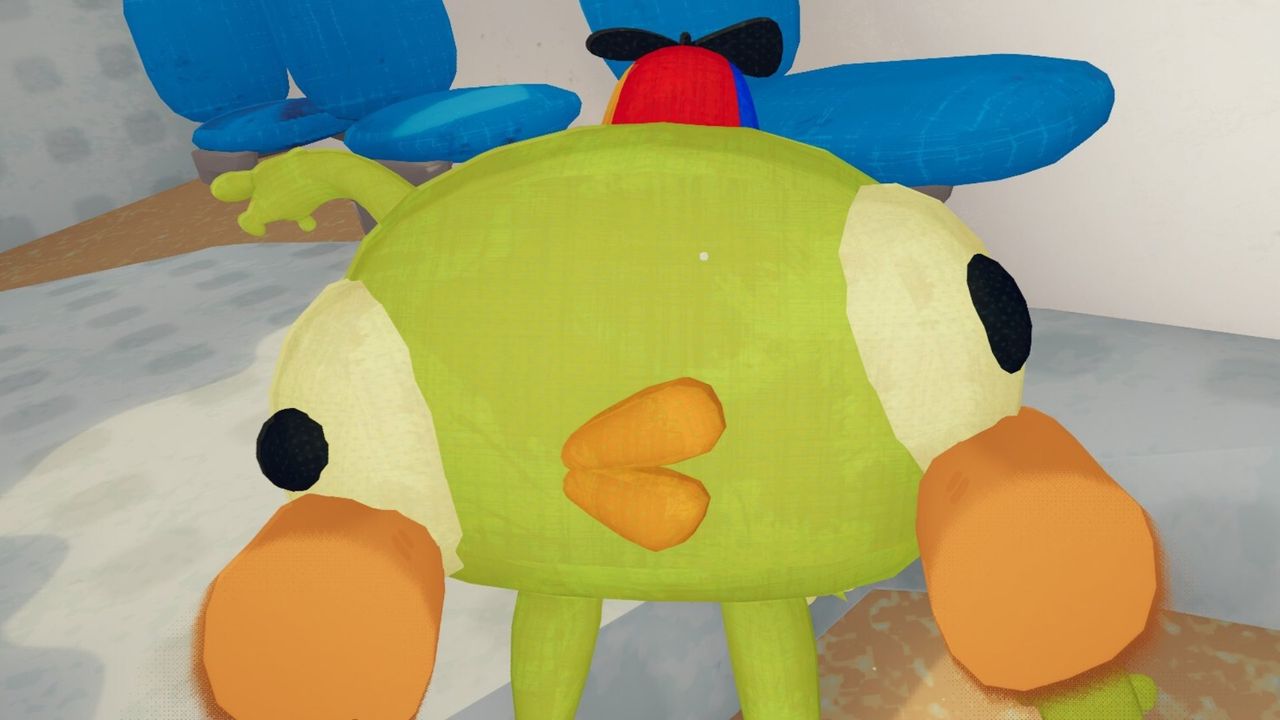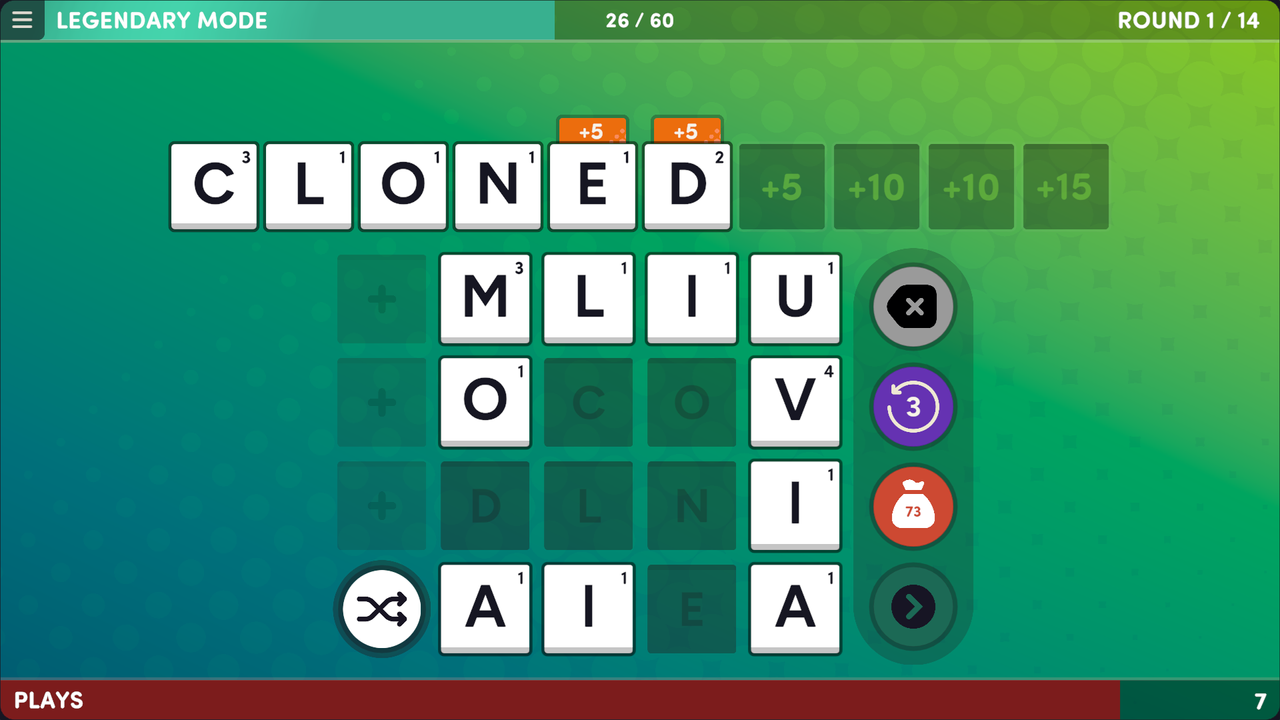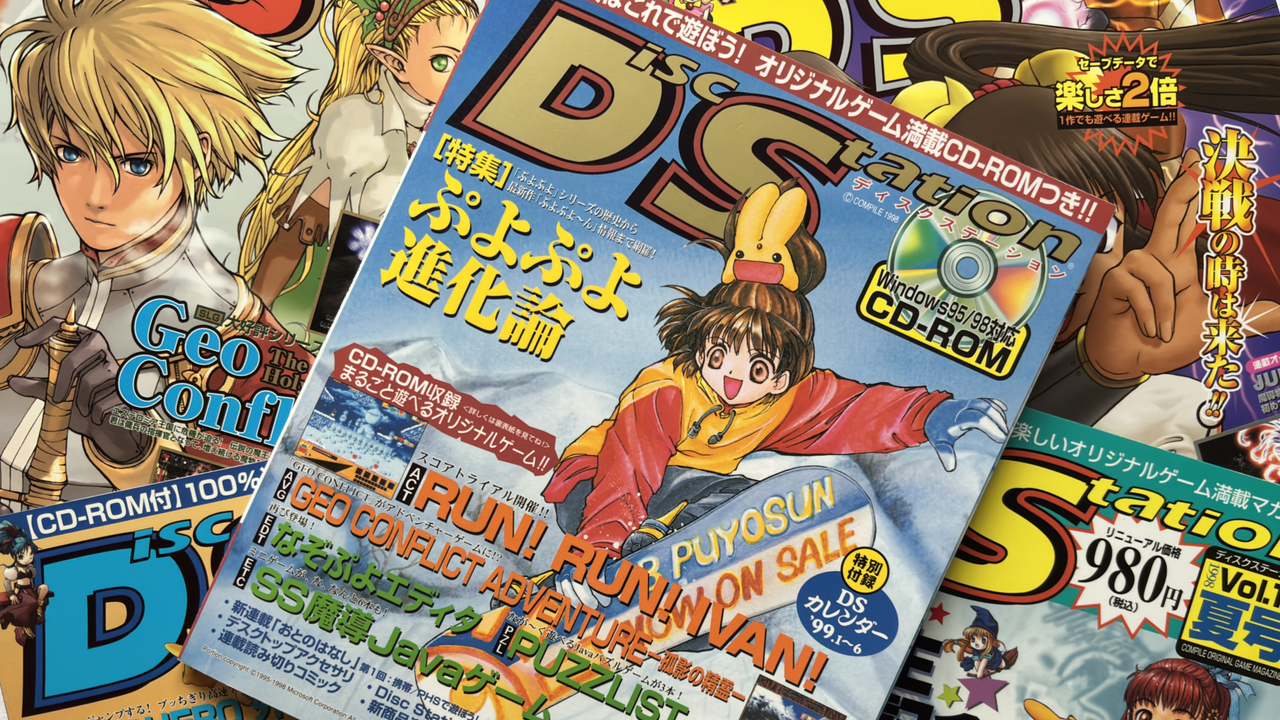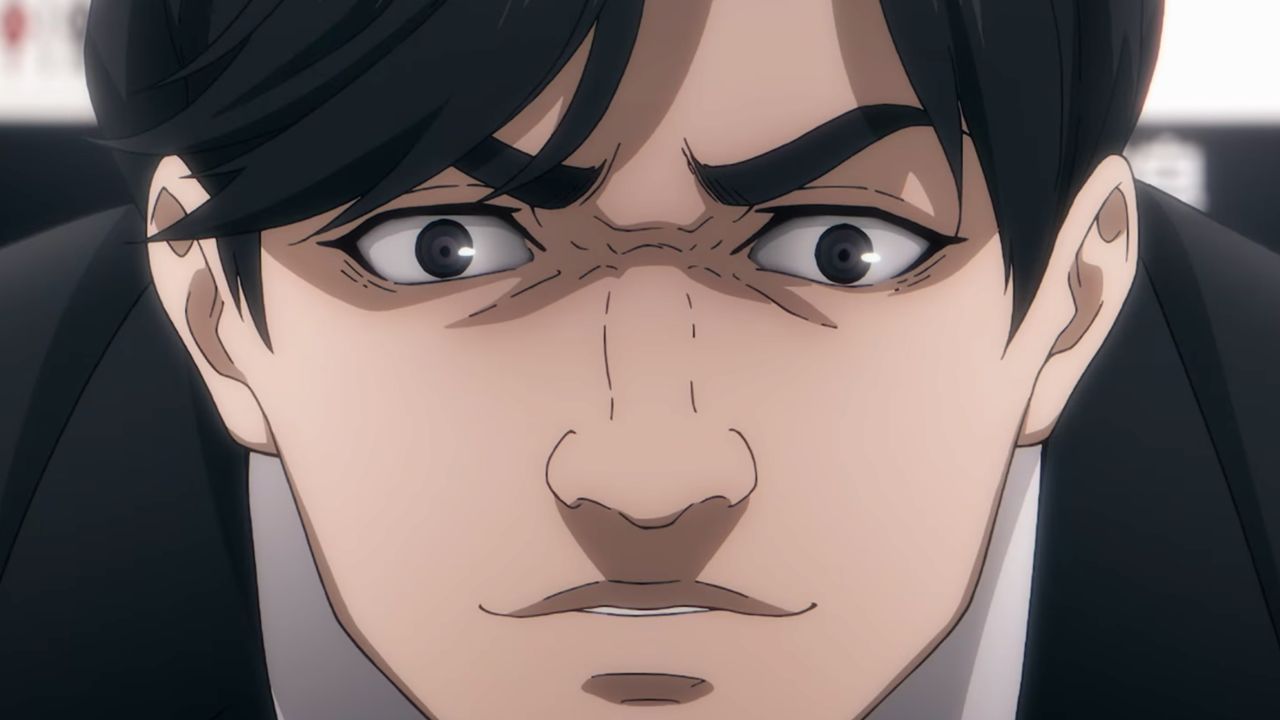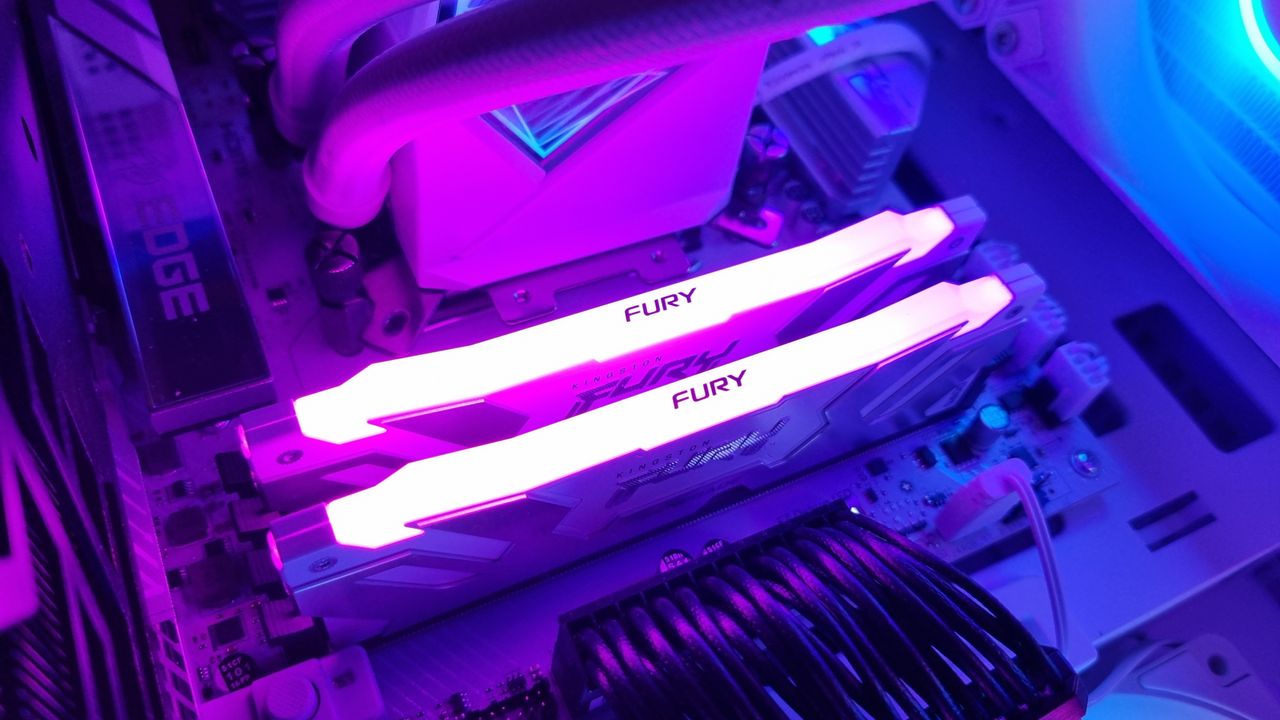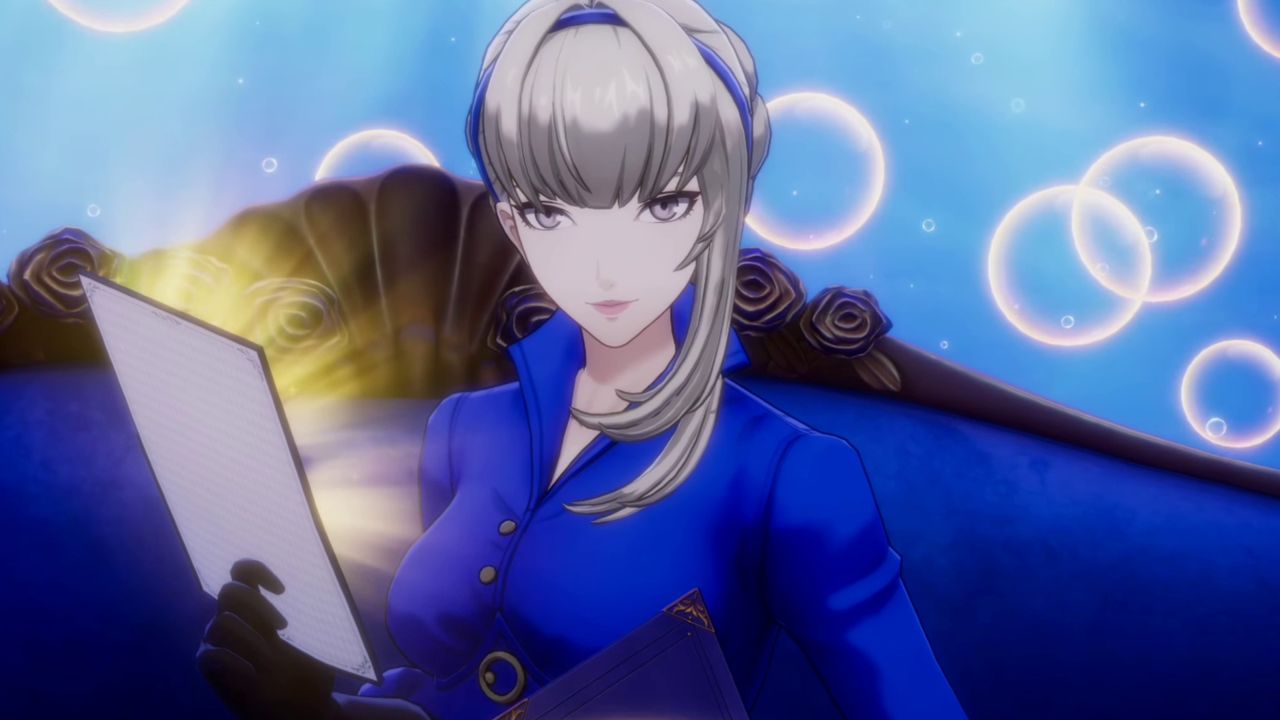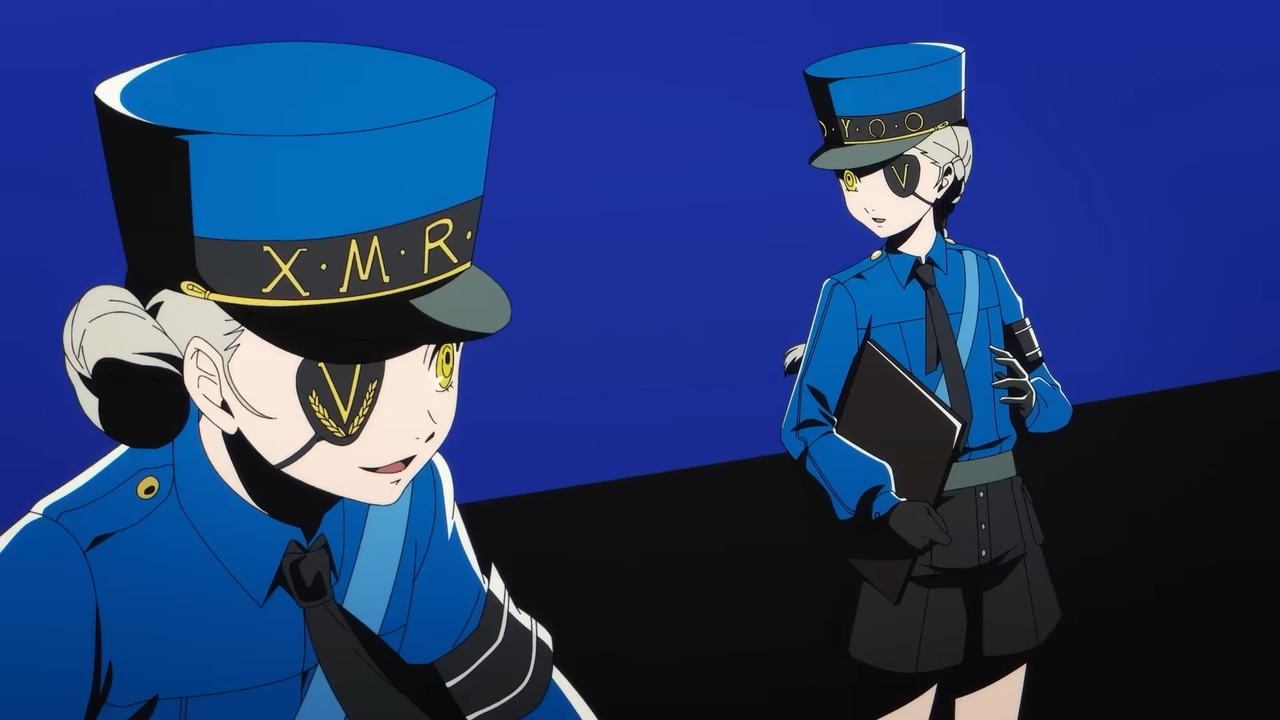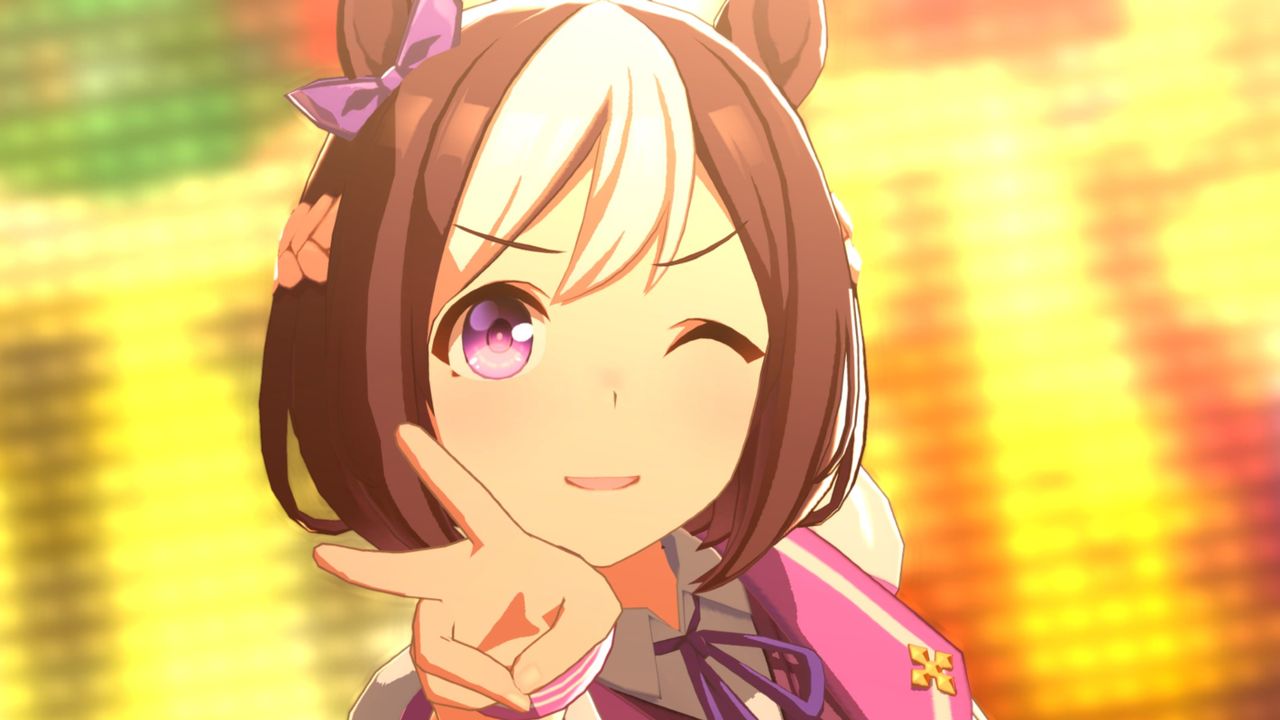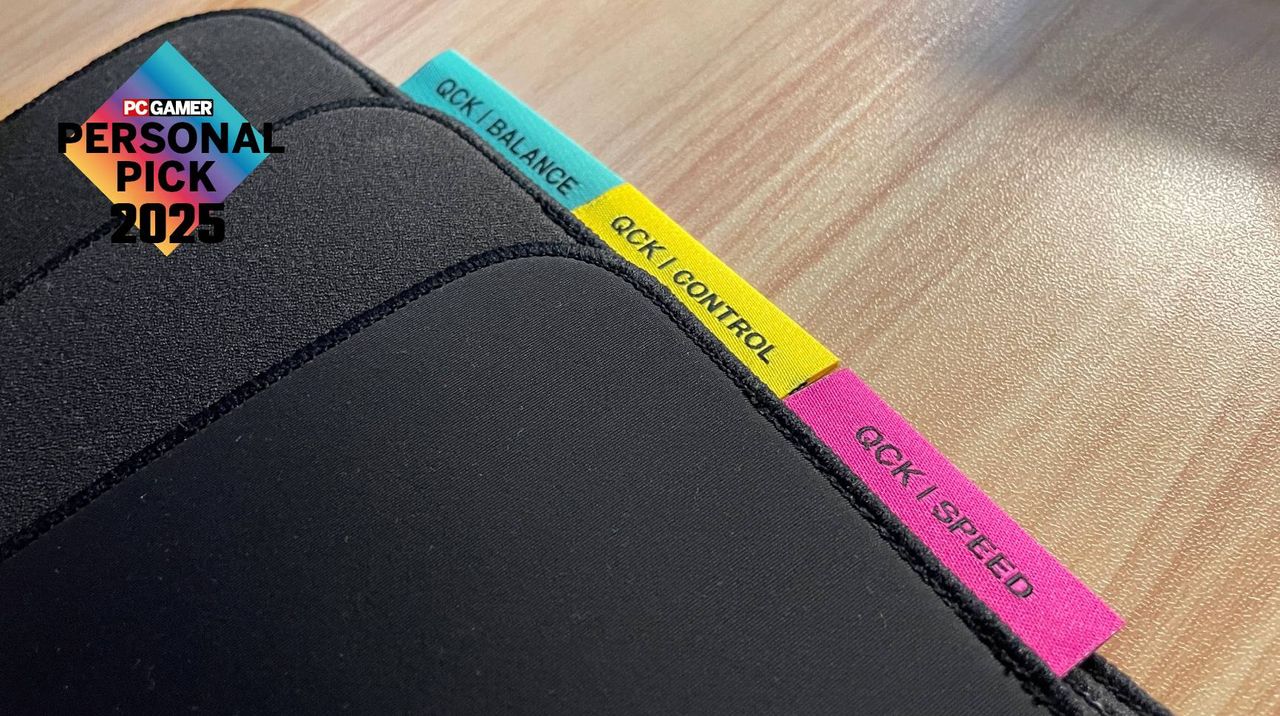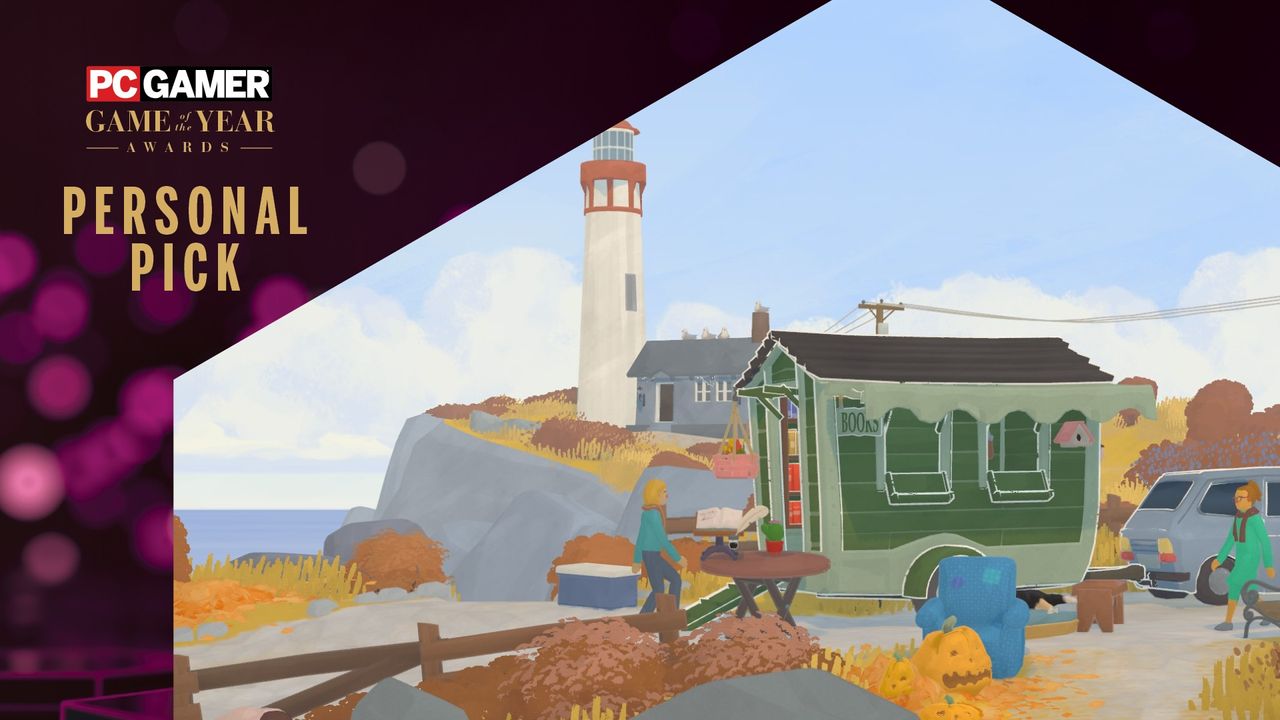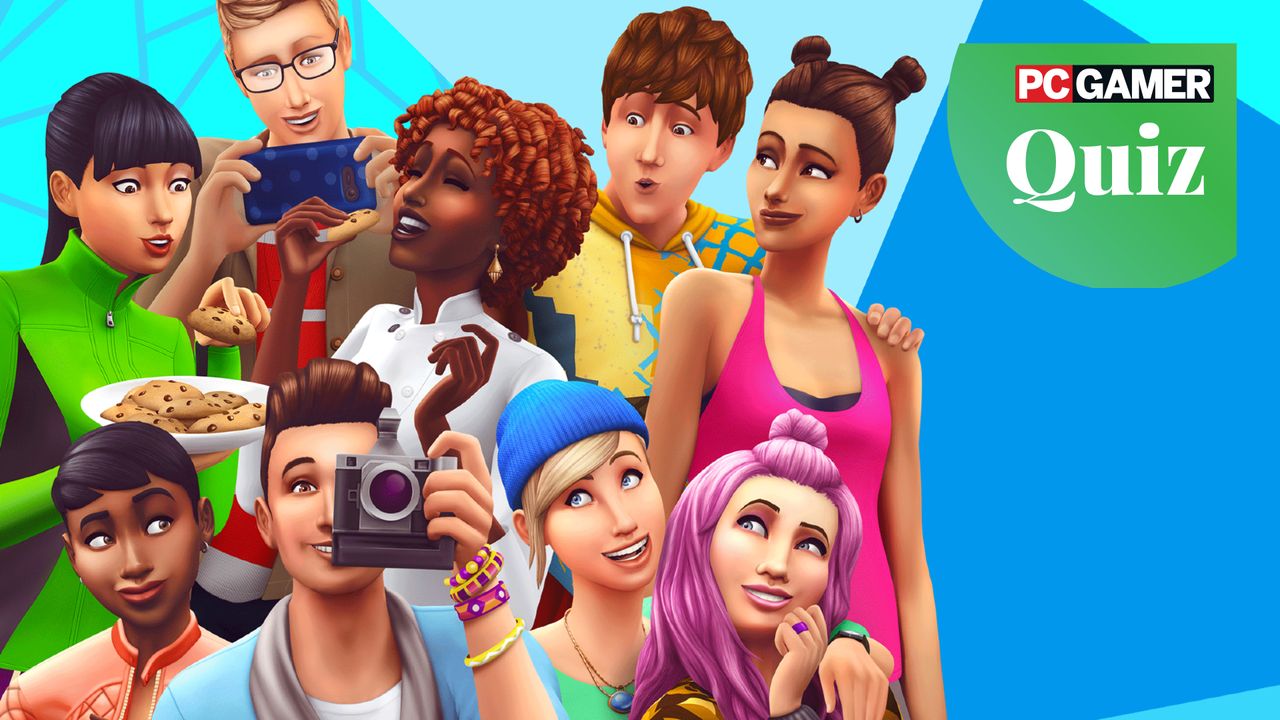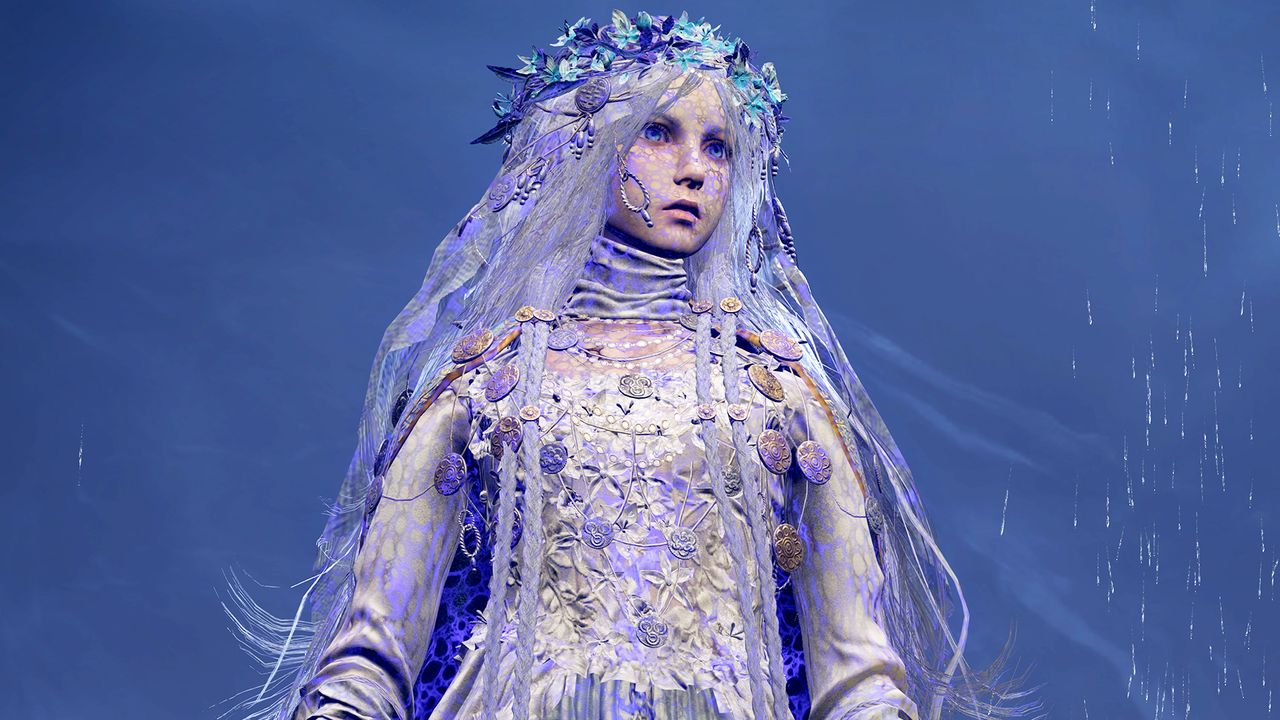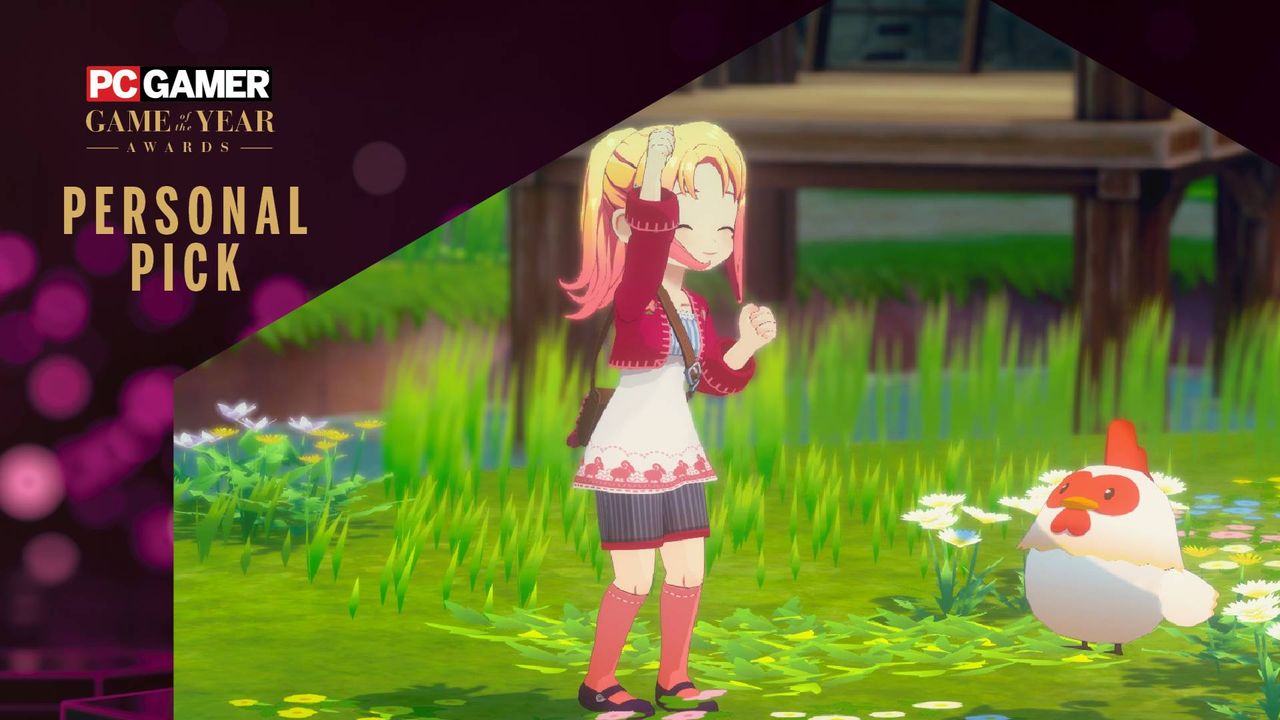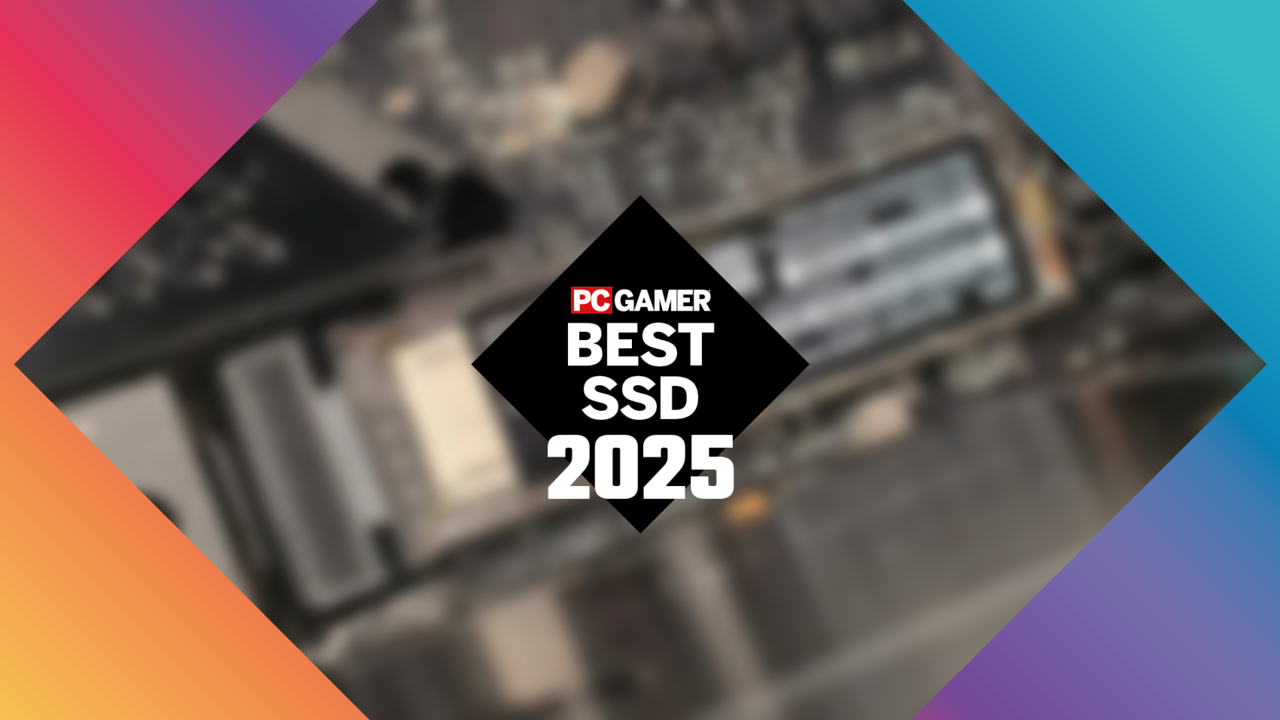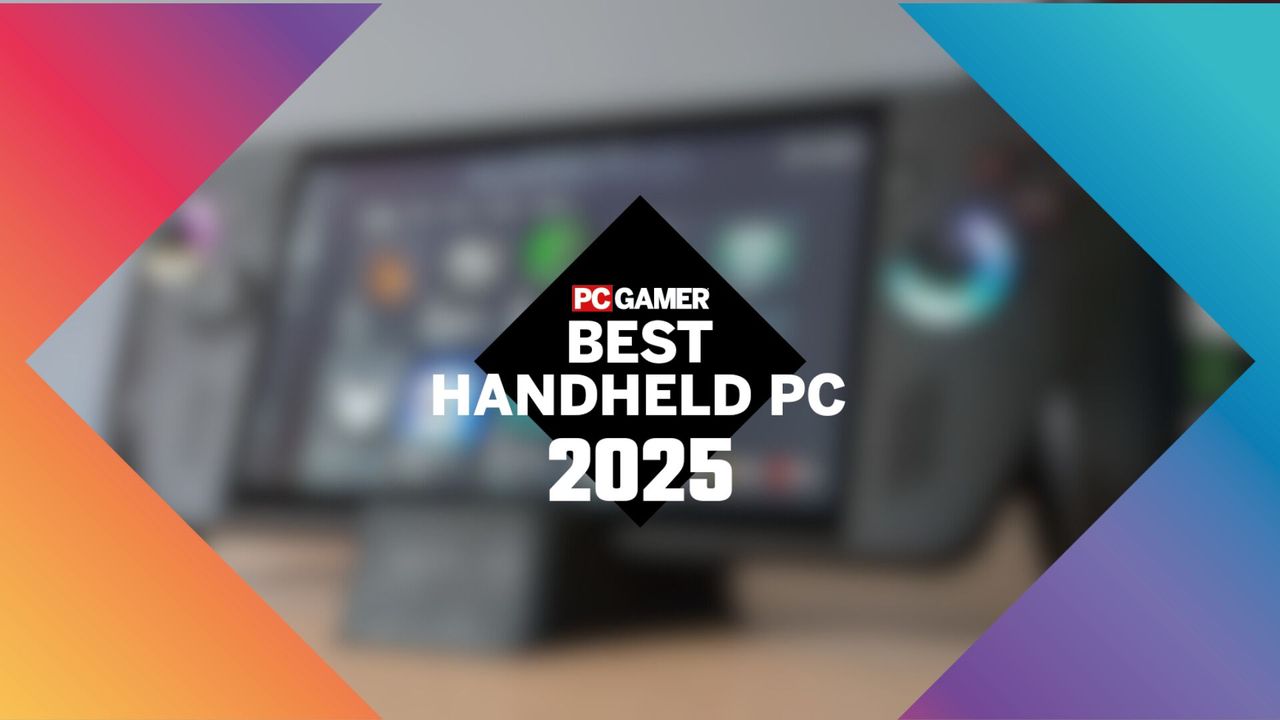
2025 has been one of the strongest years for anime in ages, building on what is clearly a new Golden Age in the Japanese animation industry. With widening viewership, more access to anime on streaming, and its popularity growing around the globe, there’s more brilliant anime than ever. From the slice-of-life shonen silliness of Sakamoto Days that took Netflix by storm, to the immense success of Demon Slayer: Infinity Castle, which opened to 80 million dollars, 2025 was an epic year for some of our favorite series. But that's a different article (check out our Best Anime Series of 2025 award); instead, we're here to take a look at our most anticipated anime of 2026 – a year that could potentially top 2025 when it comes to iconic releases and anticipated returns.
Inspired by the massive success and continued cultural impact of anime, 2026 is stacked with unbelievable new series and blockbuster follow-ups, such as: the sophomore season of Frieren: Beyond Journey's End, the emotionally-driven fantasy quest that got everyone talking; a new take on Ghost in the Shell, one of the most seminal anime of all time from one of the best studios working today; and the highly anticipated debut of Witch Hat Atelier. And that’s just a few examples of the anime that could make 2026 another incredible year.
We're excited to see which genres blow up, which existential themes stick, and where the future of anime is headed. Who are our favorite creators? Which manga has been selling off the charts? What genre have we not had a hit in for a long time? We’re taking all of that into consideration as we present our list of the anime that we can't wait to watch in 2026!
Frieren: Beyond Journey's End Season 2

There's a reason that Frieren: Beyond Journey's End made our Top Anime of 2024 list, and now we're closer than ever to finally finding out where our favorite adventuring party is now. Asking what happens when the war is over and the demon king is defeated, this surprisingly existential and always fantastic twist on the dungeon-raiding anime became an instant classic. The series follows the titular immortal elf Frieren as she deals with the loss of her campaign party – Eisen, Himmel and Heiter – with whom she won the war. It's only through her friendship and adventure with a new human apprentice that she begins to come to terms with her loss and what she could have done differently. This is majestically mature and magical stuff.
Oshi no Ko Season 3

Featuring one of the most insane and unique set-ups ever – a doctor and his former patient are reincarnated as twins born to their favorite pop idol, who is then murdered – this show is a total must-watch. A murdery mystery supernatural crime thriller set in the stunning landscape of idol stars, Oshi no Ko has been going strong since it debuted in 2023. The third season will follow the children, Aqua and Ruby Hoshino, as they continue their careers in the entertainment industry, which will cause a rift between them to grow. The manga upon which the show is based recently ended to much controversy, so it'll be intriguing to see if the show stays faithful to the source material or strays from that path.
Jujutsu Kaisen Season 3

After the shocking events of the Shibuya Incident, Season 3 of Jujutsu Kaisen has a lot to take on. There were tragic deaths, massive loss, and unexpected team-ups, but the biggest things that we have to deal with are the oncoming execution of Yuji and setting up the wild Culling Game arc, which will see the crew take part in an insane Jujutsu Kumite! It's one of the biggest shonen anime in the world, and one of the most-read manga too, so if you haven't caught up yet, now is the time to get ready before Season 3 hits and changes everything we know about the series.
Daemons of the Shadow Realm
Fans of JoJo's Bizarre Adventure and Philip Pullman's His Dark Materials will adore the concept of this new anime series, which will debut in early 2026. It comes from the mind of Fullmetal Alchemist creator Hiromu Arakawa, and adapts her manga of the same name. This is peak shoju storytelling with a shonen twist, as a brother and sister must fight to unite in a world where a select group of humans are able to manifest powers through "supernatural duos,” or Daemons. Together, estranged twins Yuru and Asa will have to find each other and learn how to control their powers in order to save the world from those who cannot.
Witch Hat Atelier
No one was sure if Kamome Shirahama's stunningly intricate work could be brought to the screen with as much care and detail as it needed. Bug Films actually delayed the production of Witch Hat Atelier so that director Ayumu Watanabe and his team were able to take all the time they needed to make the anime just as good as the smash hit manga deserves. In case you've yet to check out the massive Kodansha magic academy series, it centers around a young girl who wants nothing more than to master magic. When she accidentally learns the secret of the art from a visiting witch, she becomes his apprentice and discovers much more about the fantastical world she's joined. From the trailer, this looks like it’s got what it takes to become a classic; next year, we'll find out!
JoJo’s Bizarre Adventure Part 7: Steel Ball Run
It's always exciting when we get a new entry into Hirohiko Araki's insane crime epic JoJo's Bizarre Adventure. It still is, after decades, one of the most unique and entertaining anime and manga around. The new sixth season adapts the seventh manga story arc, Steel Ball Run, which features new clan member Johnny Joestar, who is a former jockey and paraplegic in the American West. Functioning more like a standalone story than any of the other arcs, this is a great place for new viewers to jump in. It certainly has an undeniable hook: Johnny must team up with an executioner to take on the cross-country horse race known as the Steel Ball Run. Expect racing, battles, and fashion that would make the most daring dressers blush.
Fate/strange Fake
Speaking of unique and vibrant takes on tropes that we love, the light novel series Fate/strange Fake is a wild take on fantasy questing as well as a thought-provoking story about how much any of us can control our destiny. Of course, we can't wait for the historical anime adaptation to come to screens, especially for those that might not know the shocking set-up or what it means for the characters we meet. For those of you who love Sword Art Online or Lord of Mysteries, or any of the other titles in the Fate series, you'll likely fall head over heels for this when it hits in 2026.
The Apothecary Diaries Season 3

As noted before, we're living in a new Golden Age of anime, and one of the biggest and best examples of this is The Apothecary Diaries, in which a street urchin is pulled into a walled palace and must use her wits to survive as she becomes entangled in never-ending court intrigue. Earning her place thanks to her incredible detective skills and abilities as an apothecary, Maomao exists in a unique setting for a series that operates on a mystery-of-the-week formula. This is an unexpectedly deep and thoughtful show that has dealt with numerous complex topics while being consistently entertaining and surprising. It'll be interesting to see how Season 3 maintains those stakes while building on the emotional heart at its core.
The Ghost in the Shell (2026)

Sure, it's another take on one of the most famous anime of all time, but it's coming from the genius minds at Science Saru, so there's no way this couldn't make it on our list. We're extremely hyped to see what one of the most adventurous and groundbreaking studios does with the trailblazing, iconic cyberpunk anime by Masamune Shirow. In case you've yet to discover Ghost in the Shell – lucky you – it follows a high-tech cyborg cop named Motoko Kusanagi, who tracks down a hacker targeting cyborgs like herself. Given its pedigree, this could be the biggest smash anime hit of 2026.
Bleach: Thousand-Year Blood War – The Calamity
Disney+ is finally back in the big-name anime game with Bleach: Thousand-Year Blood War's fourth and final installment: The Calamity. Intended as the end of the epic, this will tie up all the loose ends of Soul Reaper Kurosaki Ichigo's adventures in the demon-filled world he protects. It's going to be beautiful, brutal, and one of the most talked-about anime endings in years, so make sure you don't miss the discourse and drama when The Calamity hits in 2026!
What are your most anticipated anime of 2026? Did we miss a fave? Are you even more excited than us by one of our picks? Let us know in the comments.

